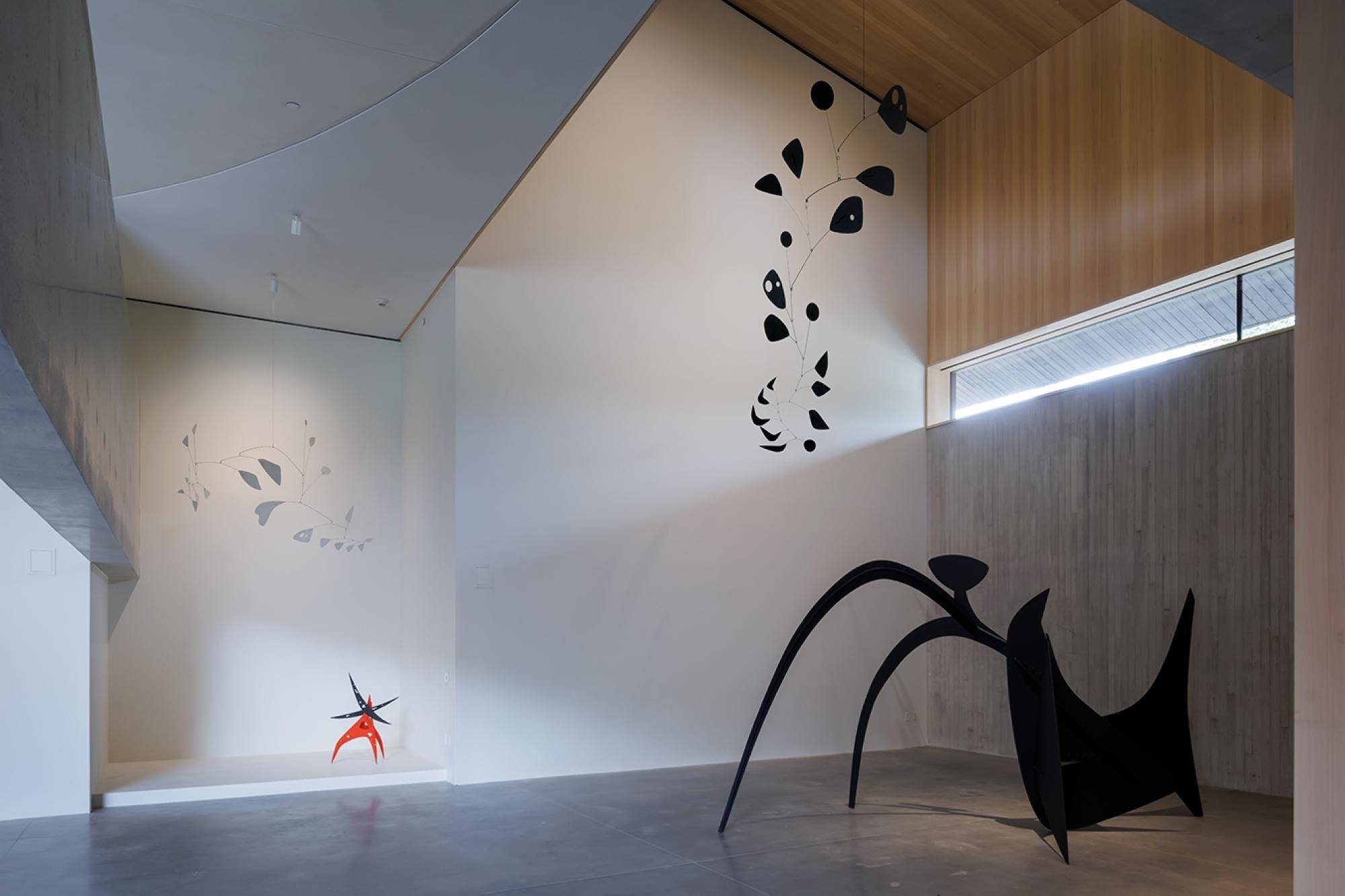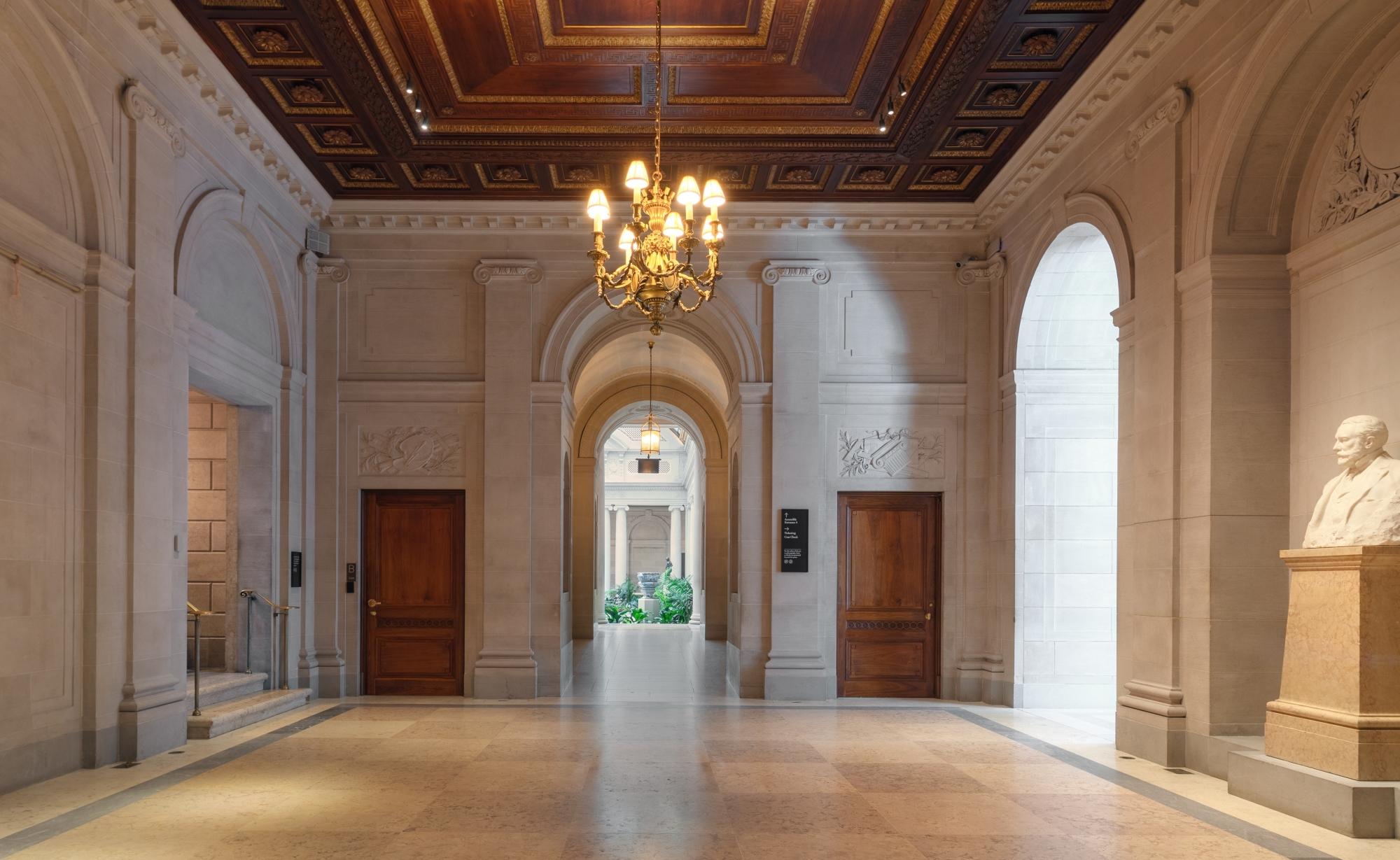Calder Gardens – Space, Time, Form & the Poetics of Joy
Designed by Herzog & de Meuron, Calder Gardens performs like a picturesque garden in which Calder's sculptures act as folies. In the original picturesque garden movement, folies served to inspire a sense of the sublime. Calder's work engages the joy of change, and the museum honors this heritage.






